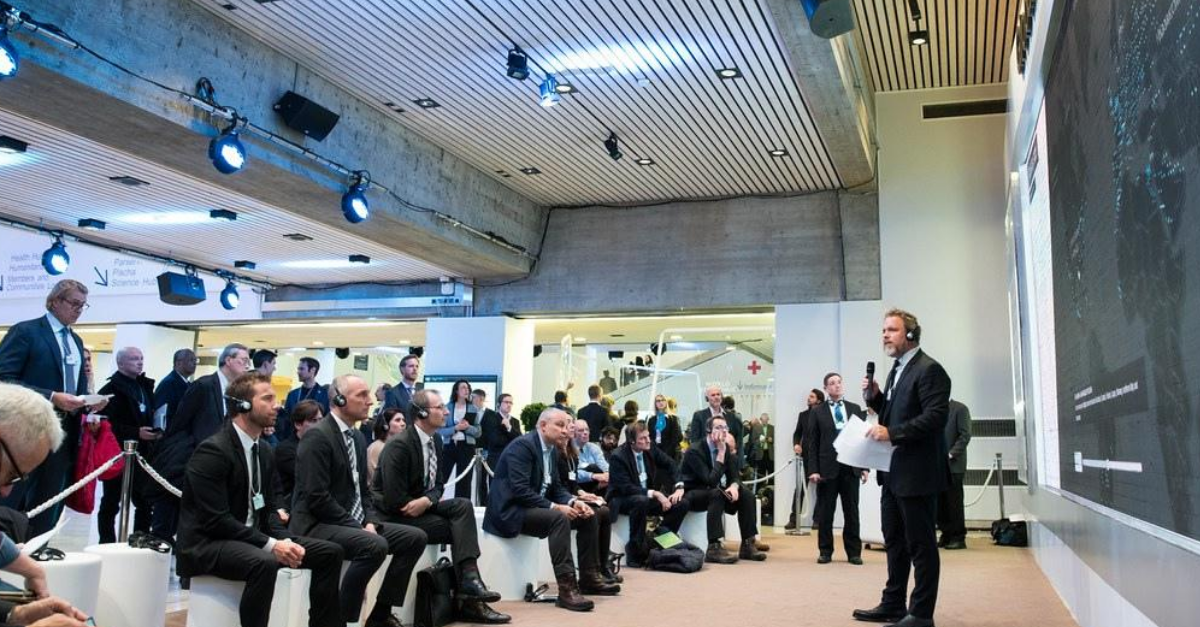Maps can help tell the story of our changing world
Published in the Globe and Mail
By Robert Muggah and Ian Goldin
Maps are not just informative, they are empowering. During periods of great change and volatility, they can help provide perspective. Yet maps are not necessarily fixed: They need renewing. As Albert Einstein said, “you can’t use old maps to explore a new world.” This is the case as governments, businesses and citizens around the world make their way in the new uncertain COVID-19 era. Although there are many reasons to be uneasy about the future, maps can inspire optimism. They can help identify dangers ahead and also reveal our species remarkable advances in recent centuries.
Humans are hardwired for maps. Map-making is an ancient impulse. For tens of thousands of years, Homo sapiens have scribbled down the nearest water and food source on cave walls, boulders and parchment. It turns out that maps appeal directly to our enlarged cerebral cortex, which controls functions including sight, speech, thought and memory. It is their capacity to show our progress and pitfalls that make some maps so appealing.
Read the opinion article



